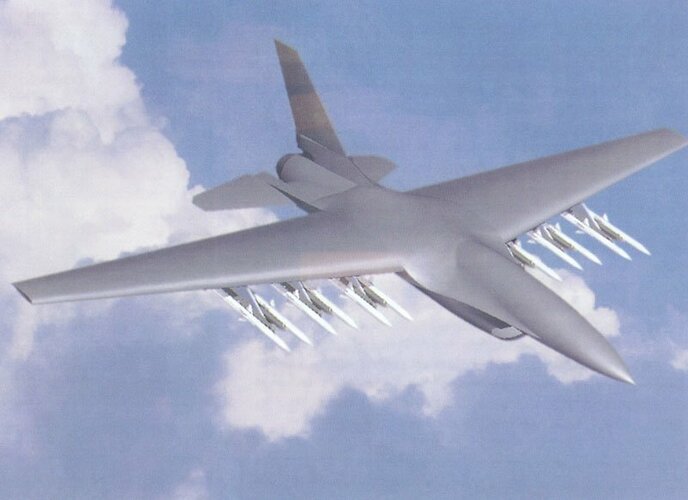I had just assumed F-35 was the F-16 replacement?
'Clean Sheet' F-16 Replacement In The Cards: CSAF Brown - Breaking Defense
"In the budget for FY 23, that's where I see that we'll really make some key decisions" about the tactical air fleet, Air Force Chief of Staff Gen. CQ Brown says.breakingdefense.com
EDIT: ah, I see, they want something more cost effective. I don't buy that. The fly away costs between an F-16/18 and an F-35 aren't that great. And while the operating costs are significantly higher, I can't imagine that going through the R&D of a new airframe and then building out the infrastructure for that new airframe would result in operating cost savings over aircraft life.
If they need more cheaper to operate 4th gen a/c, buy more F-15. The training and parts are already mostly there, bases can accommodate them, and there is zero development costs - they are already buying 140+ of them anyway. Drape as much A2G as you want on it.
Last edited:



